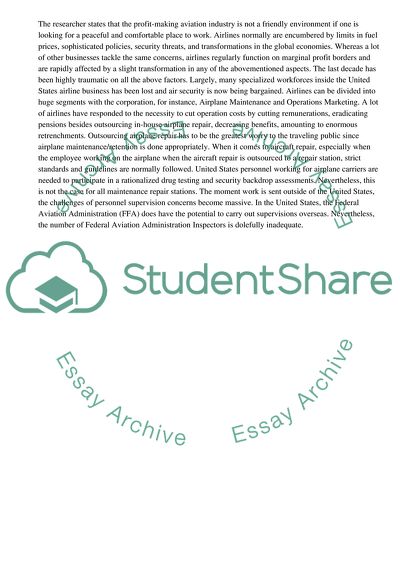Cite this document
(Aviation Maintenance Management Research Paper Example | Topics and Well Written Essays - 2000 words, n.d.)
Aviation Maintenance Management Research Paper Example | Topics and Well Written Essays - 2000 words. Retrieved from https://studentshare.org/management/1797617-aviation-maintenance-management
Aviation Maintenance Management Research Paper Example | Topics and Well Written Essays - 2000 words. Retrieved from https://studentshare.org/management/1797617-aviation-maintenance-management
(Aviation Maintenance Management Research Paper Example | Topics and Well Written Essays - 2000 Words)
Aviation Maintenance Management Research Paper Example | Topics and Well Written Essays - 2000 Words. https://studentshare.org/management/1797617-aviation-maintenance-management.
Aviation Maintenance Management Research Paper Example | Topics and Well Written Essays - 2000 Words. https://studentshare.org/management/1797617-aviation-maintenance-management.
“Aviation Maintenance Management Research Paper Example | Topics and Well Written Essays - 2000 Words”, n.d. https://studentshare.org/management/1797617-aviation-maintenance-management.


